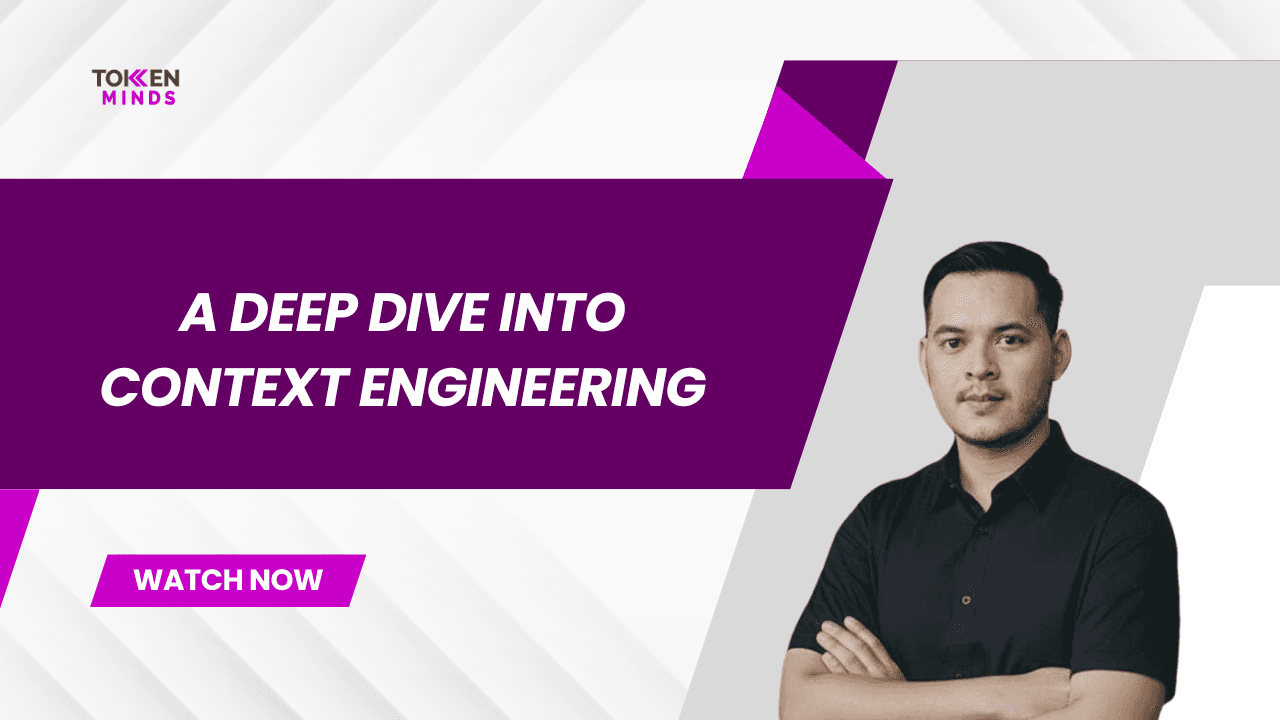It makes all the participants of the network come to an agreement with an identical state of the transactions without the need of a central authority. To Web3 leaders and founders, it is a mandatory requirement to know about consensus mechanisms. It is very essential in product design and very essential in risk management. It’s essential in achieving business objectives through technology choices.
This guide explains what consensus is and its key models in practice today. It covers strategic considerations for businesses entering blockchain markets.
What Is a Consensus Mechanism in Blockchain?
Consensus mechanism confirms transactions and maintains a shared blockchain record. Absence of consensus means that blockchains would not be secure or reliable.
Unlike traditional databases controlled by one group, blockchains spread decision-making. Consensus ensures that only valid transactions are logged even in the decentralized systems.
A blockchain development company integrates consensus into system design to balance performance, decentralization, and security.
Why Consensus Matters for Businesses
Consensus is not only a technical process. For enterprises and founders, it shapes:
Security: Secures against fraud and double-spending.
Cost Structure: Decides the cost of transactions and hardware needs.
Scalability: Impacts throughput and user experience.
Governance: Aligns the interests of stakeholders.
Selecting the right model improves compliance and product viability. Partnering with a Web3 development company ensures these tradeoffs are addressed at the start.
Working with an experienced blockchain development company also helps align system choices with long-term growth.
Major Consensus Mechanisms
Proof of Work (PoW)
The Bitcoin uses it.
Nodes use cryptographic problems to check blocks.
Strength: Good security.
Weakness: A lot of energy consumption and slower processing.
Proof of Stake (PoS)
Validators use tokens to stake the network.
Strength: Energy efficient and faster than PoW.
Weakness: There is a risk of centralization of the wealth.
Delegated Proof of Stake (DPoS)
Delegates are voted in by the stakeholders to confirm transactions.
Strength: Efficient and governance friendly.
Weakness: Increase centralized control.
Proof of Authority (PoA)
Validators are entities of pre-approval.
Strength: High throughput.
Weakness: Less decentralization.
Byzantine Fault Tolerance (BFT) Models
Agreement of the trusted nodes on consensus.
Strength: Speedy and irrevocable.
Weakness: It fits well in permissioned networks.
Visual Comparison: Consensus Models
Key Attributes of Consensus Mechanisms
Consensus Model | Energy Use | Speed | Decentralization | Common Use Cases |
Proof of Work | Very High | Low | Strong | Bitcoin, legacy chains |
Proof of Stake | Low | Medium-High | Varies by design | Ethereum, newer chains |
DPoS | Low | High | Lower than PoS | EOS, Tron |
PoA | Very Low | High | Limited | Private blockchains |
BFT | Low | Very High | Low | Enterprise chains |
Energy Consumption by Consensus Type

PoW consumes the most energy because of intense mining and PoS, DPoS, PoA and BFT are much less power-consuming and can be more reasonable to apply in the modern world.
Transaction Throughput by Consensus Type

PoW can only handle a few 7 TPS, PoS and DPoS scale to the thousands. PoA and BFT have the greatest throughput, with more than 10,000 TPS, and can be adopted in enterprise and high-volume scenarios.
Real-Life Examples of Consensus in Action
Bitcoin employs PoW and it is less speedy and efficient.
Ethereum switched to PoS (the so-called The Merge), which cut energy consumption by more than 99 percent.
Algorand is based on Pure PoS, a random selection system that facilitates high speed and secure transactions (~7,500 TPS).
Polkadot started with PoA and then transitioned to Nominated PoS (NPoS) because it offers more decentralization and governance.
Strategic Considerations for Founders
Security vs. Efficiency
PoW provides unparalleled security at the cost of large amounts of energy. PoS and DPoS are more efficient and can be concentration of power.
Public vs. Private Blockchains
Openness is the priority of the public blockchains. PoA or BFT may be used in compliance and throughput in the case of private or enterprise systems.
Regulatory Alignment
Consensus influences auditability and compliance. A blockchain development company helps align system design with industry standards and regulations.
Governance & Regulation
Some industries need blockchain systems that are both fast and easy to audit. This makes models like Proof of Authority (PoA) and Byzantine Fault Tolerance (BFT) a better fit.
Hybrid Innovations
Newer blockchains are combining Proof of Stake (PoS) with BFT-style features. This approach offers the speed and efficiency of PoS while keeping the strong security of BFT.
Business Use Cases
Financial Services: Need finality of settlement and models that are friendly to compliance.
Gaming & NFTs: Require low-cost, fast transactions with a preference toward PoS or DPoS.
Supply Chains: Rely on PoA or BFT requirement to have trusted participants and high throughput.
A Web3 development company identifies the consensus best suited for each business case.
blockchain layers show how consensus affects scalability, interoperability, and compliance-driven adoption. These insights come from studying blockchain layers and enterprise blockchain architecture.
Future Trends in Consensus
Hybrid Models: Combining PoS with BFT for better tradeoffs.
Layer 2 Scaling: The base layer consensus efficiency makes faster rollups possible.
Enterprise Adoption: additional PoA and BFT-based systems to satisfy compliance-intensive markets. Enterprise blockchain architecture is evolving to meet regulatory and industry needs. It’s highly relevant now.
As Web3 expands, partnering with a Web3 development company ensures adoption strategies align with both technical and compliance requirements.
Conclusion
Blockchain trust is based on the consensus mechanisms. The choice of consensus model affects technical performance, compliance, cost, and user adoption. It shapes decisions for C-level leaders.
Experienced professionals collaborate to make decisions that align with long-term business goals.
Ready to strengthen your blockchain strategy?
TokenMinds designs secure, scalable systems for businesses. We choose the best consensus model to power it. Book your free consultation with TokenMinds to explore how blockchain can advance your Web3 business.








